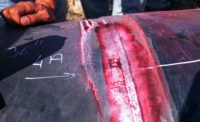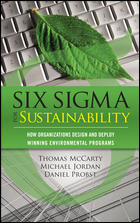Of the four available methods to remove surface penetrant during the fluorescent penetrant inspection process, the hydrophilic post emulsifiable penetrant process (Method D) is used when tighter control of the penetrant process is desired. In the water washable penetrant process (Method A), it is critical to control the penetrant rinse time, since water washable penetrant has the potential to be over washed. Decreased sensitivity and decreased brightness of penetrant indications may result from over removal of water washable penetrant. The Method D hydrophilic post emulsifiable penetrant process offers tighter control of surface penetrant removal because the post emulsifiable penetrant is not removable with water alone. Hydrophilic emulsifier is necessary to remove excess penetrant from the test surface. The Method D penetrant process allows for tighter control of the penetrant removal step and improved sensitivity of the fluorescent penetrant process.
Techniques when using Method D
Method D fluorescent penetrant inspection utilizes hydrophilic emulsifier to remove the surface penetrant. Hydrophilic emulsifier is supplied as a concentrate by the manufacturer, and the hydrophilic emulsifier is diluted with water prior to use. The steps in the Method D penetrant process are penetrant application, penetrant dwell, water spray pre-rinse, immersion in the diluted hydrophilic emulsifier solution and then a water spray post rinse, followed by hot air drying, developer application, and inspection under UV light. The hydrophilic emulsifier is used at the concentration recommended by the manufacturer (typically 20% by volume for immersion applications).
Verification of the hydrophilic emulsifier concentration is required at initial solution preparation; any time additions are made to the emulsifier solution and weekly as required by ASTM E1417 and industry specifications.
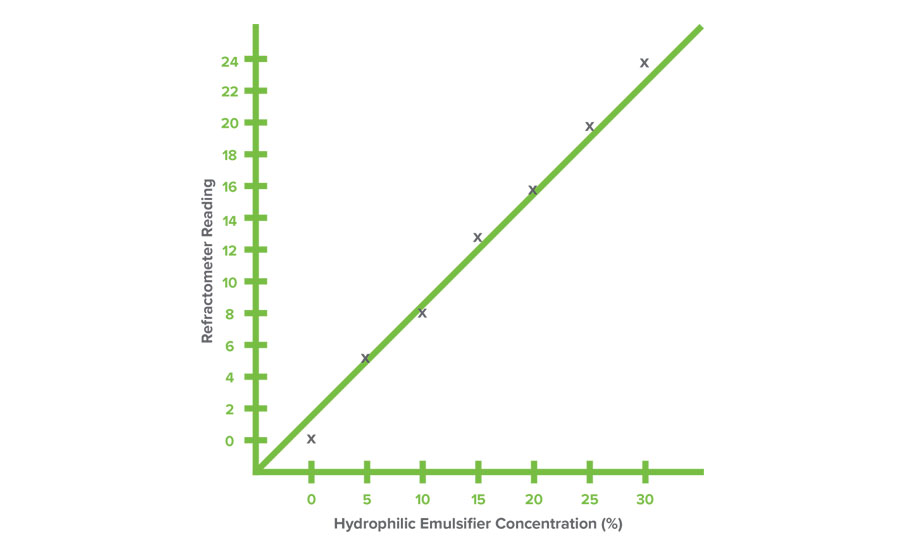
Refractometer Reading and Hydrophilic Emulsifier Concentration (%)
Water content may be determined by laboratory methods such as distillation or Karl Fischer titration. Subtracting the percentage of water content from 100% will give the percent concentration of hydrophilic emulsifier. If a laboratory apparatus for testing water content is readily available, this is a straightforward approach. However, often the lab equipment is not available, or the penetrant inspection department is unable to wait for the water content results before starting to process test parts.
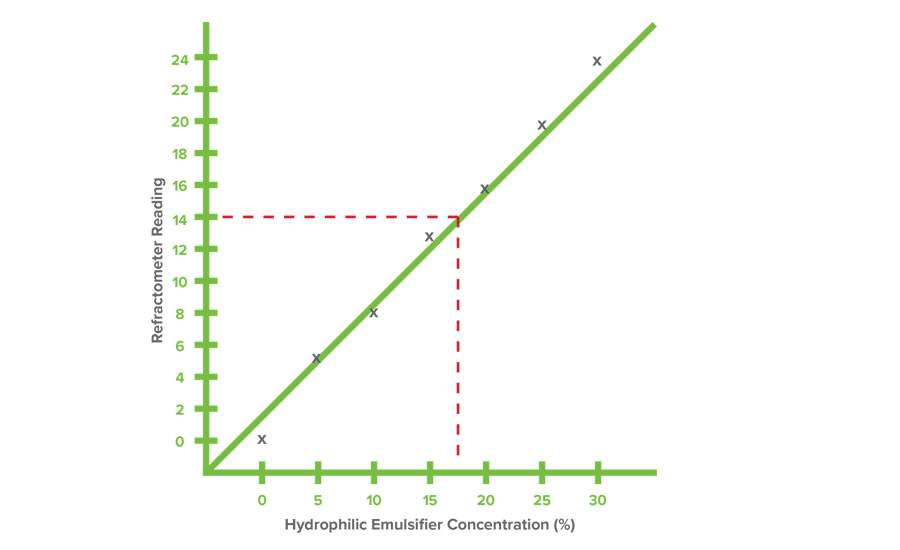
Refractometer reading of 14 corresponds to 17% hydrophilic emulsifier concentration.
An alternative to the measurement of water content in the laboratory is the measurement of refractive index. The refractive index of the hydrophilic emulsifier solution can be measured with a portable refractometer and then related to the concentration of the hydrophilic emulsifier. The refractive index can be measured in a few minutes in the penetrant inspection area. There is no need to take a sample to the lab and wait for results.
Refractometers measure the degree to which light changes direction. The change in direction of light will be different for different concentrations of emulsifier so the refractive index readings can be correlated to known concentrations of solution.
It is important to note that the direct refractometer reading is not the solution concentration. The refractometer reading must be converted to the concentration of the hydrophilic emulsifier.
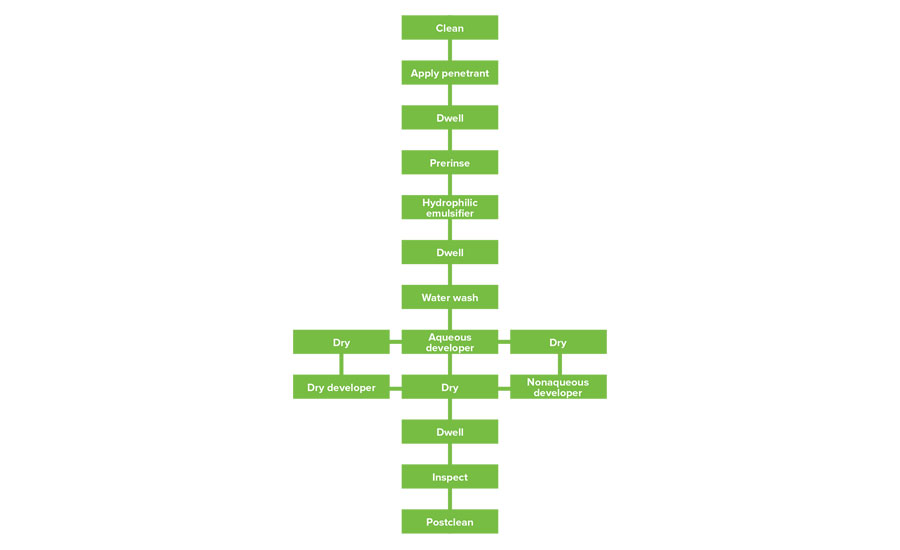
Method D Process Chart
This can be accomplished by preparing known concentrations of hydrophilic emulsifier, measuring and recording refractometer readings of the known concentrations, and plotting a graph of the refractometer readings vs. known concentrations.
Prepare several known concentrations of hydrophilic emulsifier in water. For example, if hydrophilic emulsifier is used at 20% concentration, prepare known emulsifier concentrations of 5%, 10%, 15%, 20%, 25% and 30%.
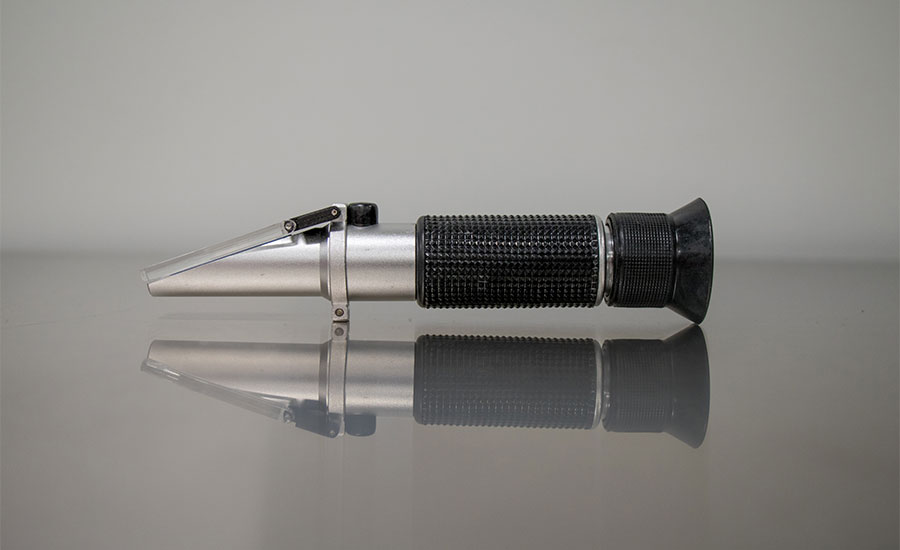
Portable Refractometer
Preparing the known concentration samples
Supplies needed are unused hydrophilic emulsifier concentrate as supplied by manufacturer, graduated cylinder, and several beakers. Alternate method: volumetric pipets and volumetric flasks may be used in place of graduated cylinders and beakers.
For consistency, use the same source of water that will be used to prepare the hydrophilic emulsifier solution in the penetrant inspection line. For example, if tap water is used to prepare hydrophilic emulsifier solution in the penetrant inspection line, use tap water when preparing the known concentrations.
The same calibrated refractometer should be used to measure the known concentration samples as is used to test the hydrophilic emulsifier concentration at makeup and weekly.
Preparing 100 ml of each known concentration will keep the calculations simple. Using a 100 ml graduated cylinder, prepare the 5% emulsifier solution by adding 5 ml of hydrophilic emulsifier to 95 ml of water for a total of 100 ml of 5% emulsifier solution. Adding the hydrophilic emulsifier to the water will facilitate the mixing of the solution. Pour the 5% emulsifier solution into a labeled beaker. Follow this procedure to prepare the remaining known emulsifier concentrations.
Measure and record the refractive index of each prepared emulsifier concentration using the same calibrated refractometer.
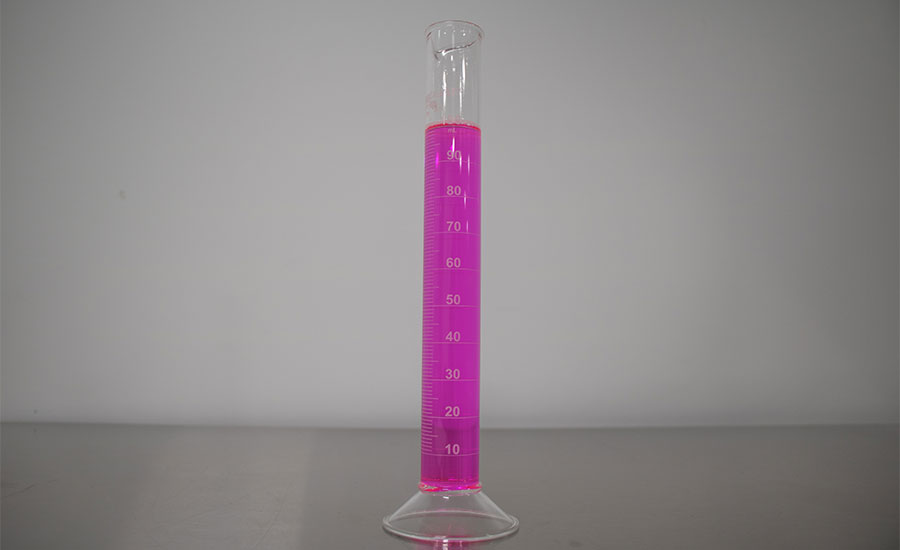
Graduated Cylinder
Preparing a Concentration Chart
Prepare a concentration chart by plotting the refractive index readings vs. the known concentrations. Draw a best fit line. This chart may be used to determine unknown concentrations simply by determining where the refractive index reading intercepts the best fit line and following down to the percent concentration on the graph. The equation of the line could also be determined, and each refractive index reading could be plugged into the equation of the line to determine the concentration.
How to utilize a Concentration Chart
Once the concentration chart is prepared, refractive index readings are easily converted to % hydrophilic emulsifier concentration. If necessary, adjustments or additions are made to the emulsifier solution, and then the adjustment is confirmed with another refractive index measurement. Certain specifications require that a concentration chart is prepared each time that a new batch of hydrophilic emulsifier solution is prepared. Governing specifications should be reviewed to determine facility requirements for hydrophilic emulsifier concentration charts.


